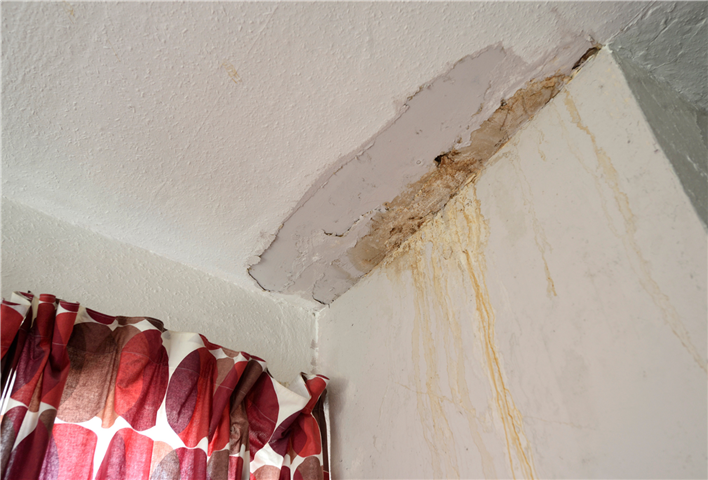PROPERTY NEWS - South Africa's diverse climate presents us with a wide range of weather conditions – whether it's sweltering heat and high humidity or constant rainfall, these conditions can be challenging. For many of us, being inside isn't too pleasant either:
Heat and humidity, or persistent dampness from rain, unfortunately create the perfect environment for mould growth. And mould brings with it a host of problems.
If your clothes and soft furnishings smell a bit musty, or you’re coughing and struggling with allergies, chances are there’s mould in your home.
Mould can enter your home through windows, vents, doorways and air-conditioning systems and you might not even have noticed it because mould spores are tiny – half the width of a human hair.
However, touching or breathing in mould spores can cause sneezing, a runny nose, red eyes and skin rashes. Mould can also cause asthma attacks, affect your immune system, and even cause depression1 and anxiety2.
So, living in a damp, mouldy home is a nightmare.
There’s the damage to your possessions, the unattractive appearance and smell, the concern around its impact on your and your family’s health, and worry about the cost of getting rid of it.
However, it is possible to banish mould and prevent it from coming back, without breaking the bank or your back.
From sun-soaked coastal regions to misty mountain towns, air treatment specialists, Solenco, shares five useful tips for mould-free living:
- After you’ve had a bath or shower, use a squeegee to a remove the excess water from the bathroom walls. This will help cut down the amount of extra moisture in your bathroom by as much as three quarters.
- If you have mould on soft furnishings or clothing, they should be shampooed and dried outside in a sunny spot or professionally dry cleaned.
- For damp in walls, use a product like?Plascon Dampseal.
- Ensure that fresh air can flow freely through your home by opening windows to create cross-draughts.
- Invest in a quality dehumidifier - dehumidifiers can assist in decreasing the level of moisture in the atmosphere and preventing the growth of mould.
Trevor Brewer, Director at Solenco, explains that dehumidifiers remove moisture and humidity from the air, which results in less condensation on windows and floors. They also help to prevent the build-up of mould, ‘bubbly’ paint and musty smells.
While a standard air conditioner cools and dehumidifies the air by removing excess moisture, it switches off after it has reached the targeted temperature, and therefore cannot control humidity effectively. Using your dehumidifier in conjunction with an air conditioner is therefore most effective at reducing humidity.
“For those worried about energy consumption,” says Brewer, “Solenco’s range of dehumidifiers are energy-efficient, consuming much less energy than an air conditioning system, thus contributing to lower living costs – and with our electricity at a premium and our inflation rate on the up, this is an important factor to consider.
Brewer advises that you check your bathroom and kitchen first if you suspect that your home is damp and mouldy: “Check around leaking taps and under sinks. Mould loves to grow behind appliances such as the dishwasher or fridge, in cupboards, and in other areas where condensation and humidity are high.”

‘We bring you the latest Garden Route, Hessequa, Karoo news’
















